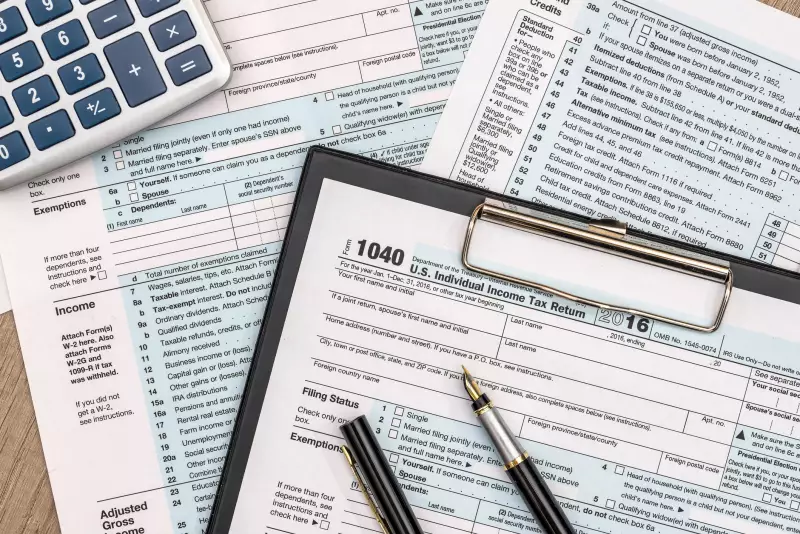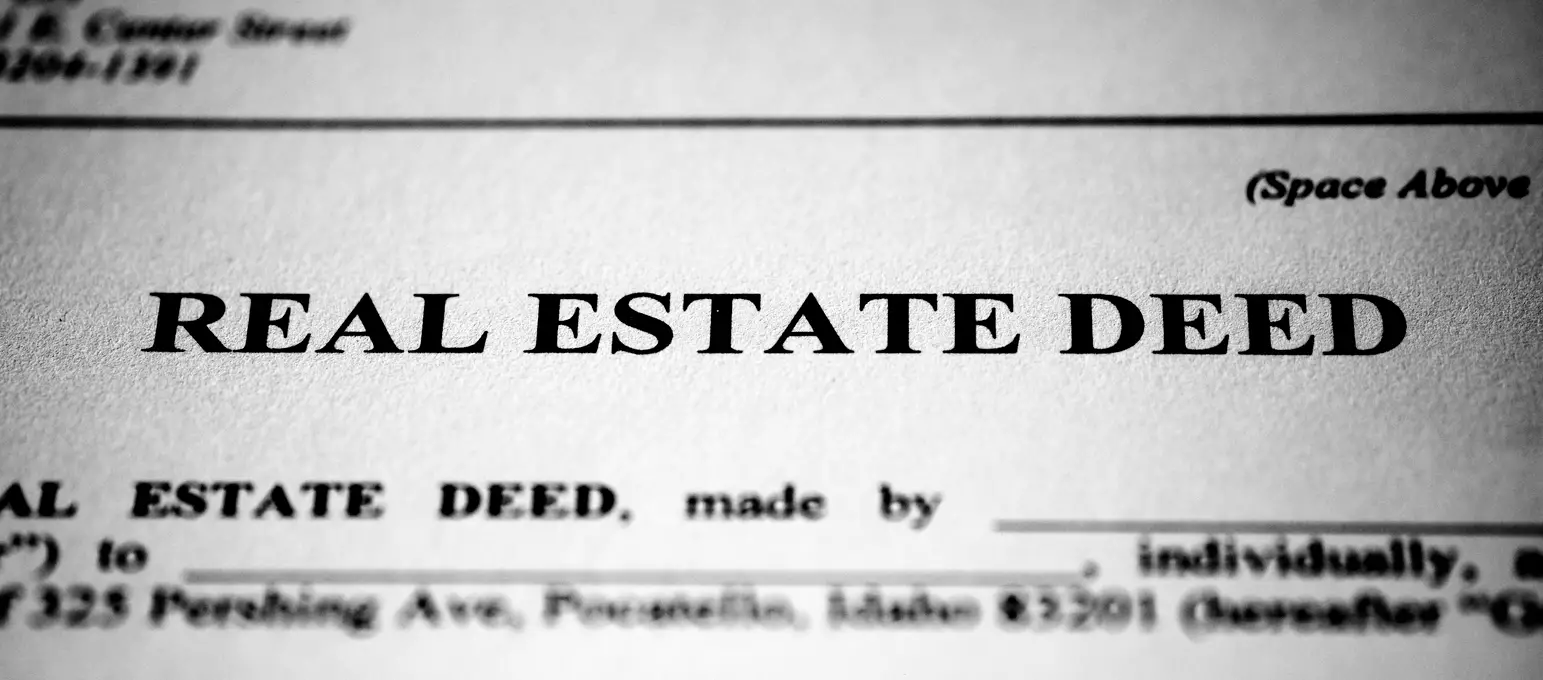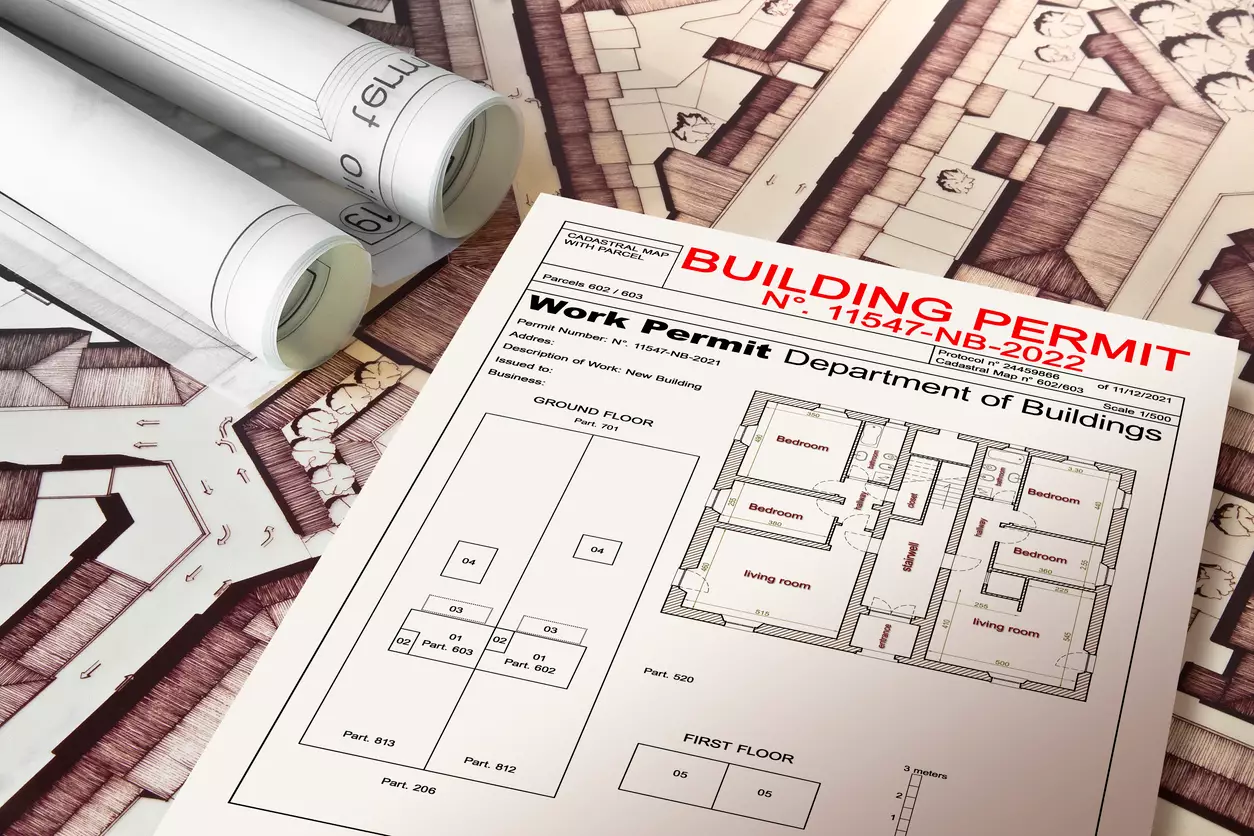What Is Rental Income and How Does It Work

Table of Contents
- What Is Rental Income and How Does It Work
- What Is Rental Income?
- Residential Rental Income
- Commercial Rental Income
- Vacation/Short-Term Rental Income
- What Is Gross Rental Income?
- What Is Net Rental Income?
- How To Calculate Rental Income
- How To Calculate Rental Income for Taxes
- What Is the Tax Rate on Rental Income?
- How To Calculate Tax on Rental Income
- How To Calculate Rental Income for Mortgage Applications
- How To Calculate Property Value Based on Rental Income
Imagine an asset that consistently pays you simply for existing. That's the core of rental income, money a landlord earns by allowing someone else to temporarily use their property or assets in exchange for payment. Beyond boosting your cash flow, accurately calculating your rental income is crucial for navigating tax filings, securing mortgage approvals, and evaluating an investment's performance.
Getting to grips with rental income is your first step towards informed and profitable investing.
What Is Rental Income?
When considering investing in real estate, one of the first questions you’ll encounter is: What is Rental Income? Rental income is the money a property owner receives from tenants in exchange for the right to occupy or use the property. Rental income is the foundation of investing in properties, providing steady cash flow, covering expenses, and building long-term wealth.
Whether you own a single-family home, an office building, or a beachside villa, it is crucial to understand the types of rental income to maximize returns, evaluate new investment opportunities, and meet tax obligations.
Residential Rental Income
This is the monthly income from properties designed for live-in purposes. Residential properties typically include single-family homes, condos, apartments, duplexes, townhouses, and multi-family units. Tenants usually include individuals or families seeking primary residence.
The lease on residential rental income is usually 6-12 months or sometimes month-to-month. Income sources generally include base rent, pet and parking fees, application and late payment fees, utility reimbursement, and lease renewal fees.
Commercial Rental Income
Commercial rental income comes from properties used for business operations, including office buildings, retail stores, warehouses, and medical offices. Tenants are typically business entities, from sole proprietors to corporations.
The lease term for commercial rentals is usually longer, from 3-10 years. Commercial rental income sources include base rent, percentage of sales, common area maintenance (CAM) fees, tax and insurance reimbursements, utilities, signage, and parking fees.
Vacation/Short-Term Rental Income
This rental income comes from renting out properties for short stays, weekly or nightly, usually through online platforms. Renters are typically tourists, business travelers, or families on vacation. The lease period is usually very short-term and booked dynamically through platforms or property managers. Income streams from short-term rentals include nightly or weekly rates, cleaning and pet fees, extra guest fees, early check-in fees, and security deposits, which are occasionally partially retained.
What Is Gross Rental Income?
Gross rental income is the total revenue a property generates during a specific period before any expenses, like maintenance and taxes, are deducted. It represents the total maximum potential income your property can produce from tenant payments and the starting point for evaluating cash flow, calculating cap rates, and demonstrating income to lenders.
Gross rental income encompasses the base rent, which is the core monthly or periodic payment specified in the lease agreement, and additional mandatory fees, such as pet fees, parking fees, application fees, late payment fees, lease renewal fees, and administrative fees. It also includes reimbursements for expenses paid by the landlord, such as utility reimbursements or insurance reimbursements. Gross rental income is used for mortgage applications, cash flow projections, tax reporting, and property valuation analysis.
What Is Net Rental Income?
Net rental income is the actual profit your rental property generates from its core operations after subtracting all operating expenses. Simply put, it is the cash left in your pocket from renting the property and paying the bills directly associated with running it.
Net rental income differs from gross income. Net rental income is the figure that truly determines whether your rental property is a wealth-building asset or a money pit, against the gross rental income, which is your potential income.
Therefore, Net Rental Income (NRI) = Gross Rental Income (GRI) - Operating expenses.
Your net rental income, the amount left in your pocket, is directly impacted by the operating expenses you incur. The deductible expenses include property repairs and maintenance, property taxes, insurance premiums, mortgage interests, utilities, property management fees, advertising and leasing costs, homeowners association fees, CAM fees, depreciation, and legal and professional fees.
How To Calculate Rental Income
Calculating gross and net rental income accurately is the foundation of smart investing, loan approvals, tax filings, and understanding true profitability. GRI represents all monies received from tenants related to occupying your property before any expenses.
To calculate Gross Rental Income (GRI) = Base Rent + Additional Fees + Reimbursements + Other Qualifying Payments.
|
Component |
Monthly Amount ($) |
Annual Total ($) |
|
Base rent |
1,500 |
1500 x 12 =18,000 |
|
Pet rent |
50 |
50 x 12 = 600 |
|
Parking fee |
75 |
75 x 12 = 900 |
|
Utility reimbursement |
100 |
100 x 12 = 1,200 |
|
Laundry income |
20 |
20 x 12 = 240 |
|
Gross Rental Income (GRI) |
1,745 |
20,940 |
To get the net rental income, start with the GRI figure calculated and deduct expenses.
|
Expense Category |
Annual Cost ($) |
|
Repairs and maintenance |
1200 |
|
Property taxes |
2400 |
|
Insurance |
1000 |
|
Property management (8% of rent) |
1,675.20 |
|
Utilities |
900 |
|
Advertising and leasing |
300 |
|
HOA fees |
600 |
|
Total Expenses |
8,075.20 |
- Net Rental Income (NRI) = Gross Rental Income (GRI) - Operating expenses = 20,940 - 8,075.20
- Net Rental Income = $12,864.80
How To Calculate Rental Income for Taxes

Rental income is taxable, but you can offset it with legitimate deductions and depreciation. To calculate rental income for taxes, you must account for all revenue streams, apply IRS-allowable deductions, and properly handle depreciation.
All gross rental income must be reported to the IRS on Schedule E (Form 1040). This includes base and advance rent, non-refundable fees, tenant reimbursements for utilities or maintenance, and security deposits. You do not report returned security deposits, refundable damage deposits, or personal use of the property.
The IRS lets you deduct “ordinary and necessary" expenses to operate your rental. These typically include mortgage interests, property taxes, insurance, repairs and maintenance, HOA/CAM fees, advertising and leasing, property management fees, and legal and professional fees.
Depreciation allows you to recover the cost of your rental property, excluding land, over time to reflect wear and tear. To get the depreciation amount of your property, determine the cost basis.
- Cost Basis = Purchase price + Closing costs + Capital improvement - Land value
Use the IRS recovery period, which is 27.5 years straight-line depreciation for residential properties and 39 years for commercial properties, on the cost basis figure to determine the annual depreciation.
What Is the Tax Rate on Rental Income?
The IRS treats rental income as ordinary taxable income, meaning it is added to your total annual earnings, like wages or dividends, and taxed at your marginal rate.
Rental income may be a wealth-building tool, but it is subject to various federal and state taxes.
- Federal Taxation: After calculating your net rental income, the amount goes into your adjusted gross income (AGI). It is taxed at your marginal federal income tax rate, which currently ranges from 10% to 37%.
- State and Local Tax: State taxes add another layer of complexity. States like Florida, Texas, Washington, Nevada, South Carolina, Wyoming, and Alaska do not tax rental income, regardless of how much you earn. On the other hand, most states tax rental income at either flat or tiered rates. For instance, in California, rental income is taxed between 1%-12.3% and between 4%-10.9% in New York. In Illinois, rental income is taxed at a flat fee of 4.95%, while in Pennsylvania, rental income is taxed at 3.07%. In addition to state taxes, some local cities impose additional income tax.
Rental real estate is classified as a passive activity by the IRS, meaning:
- Losses from rentals, when expenses and depreciation exceed rental income, can usually offset other passive income.
- If you actively manage the property, making decisions on repairs, tenants, and rent, you can deduct up to $25,000 of net rental losses against non-rental income. This phases out between $100,000 - $150,000 of modified AGI.
How To Calculate Tax on Rental Income
Understanding how rental income is taxed is essential for maximizing your after-tax returns and staying IRS-compliant. Here is a guide on calculating your tax liability on rental profits.
- Taxable Rental Income = (Gross Rental Income - Deductible Expenses - Depreciation) + Passive Loss Limitations
Step 1: Calculate Gross Rental Income
Base rent + Tenant Reimbursements + Withheld Security Deposit for damages
|
Component |
Amount ($) |
|
Annual gross rent |
45,000 |
|
Pet fees |
1,200 |
|
Utility reimbursements |
2,400 |
|
Total Gross Income |
48,600 |
Step 2: Subtract Deductible Expenses
|
Expense Type |
Amount ($) |
|
Mortgage Interest |
9,200 |
|
Repairs |
3,800 |
|
Property taxes |
4,100 |
|
Management (9% of Rent) |
4,320 |
|
Total Deductions |
22,820 |
Step 3: Apply Depreciation
- Formula = ( Property Value - Land Value) / 27.5 Years
Assuming: Property purchase price $350,000, Land Value $70,000, and new HVAC $4,000
- Annual Depreciation = ($350,000 - $70,000)/27.5 = $10,182
- Total Depreciation = $10,182 + $4,000 bonus depreciation (new HVAC) = $14,182
Step 4: Calculate Taxable Income
|
Component |
Amount ($) |
|
Gross income |
48,600 |
|
Minus Deductions |
22,820 |
|
Minus Depreciation |
14,182 |
|
Taxable Rental Income |
11,598 |
Full Tax Scenario: Single Filer ($85k W-2 Income + Rental)
|
Income Type |
Amount ($) |
|
W-2 Income |
85,000 |
|
Rental Gross Income |
48,600 |
|
Total Deductions |
- 22,820 |
|
Depreciation |
-14,12 |
|
Taxable Rental Income |
11,598 |
|
Total Taxable Income (85,000 + 11,598) |
96,598 |
|
Federal Tax (24% Bracket) |
18,023 |
|
QBI Deduction (20% of 11,598 rental income) |
-2,320 |
|
Net Tax Owed |
15,703 |
How To Calculate Rental Income for Mortgage Applications

Securing financing for rental property hinges on one critical factor -proving your property’s income potential to lenders. Lenders don’t use your actual rent collection. Instead, they apply conservative formulas to project sustainable income, including:
- Use 75% of Gross Rent: Most conventional and FHA lenders apply a “rent credit” of 75% of the lease’s gross monthly rent. The remaining 25% accounts for vacancies, repairs, and management costs. It is calculated as Qualifying Rental Income = Gross Monthly Rent x 0.75. This formula is applicable for standard 1-4 unit properties.
- Verify Rental History: Lenders look for a track record of consistent rental payments, usually 12-24 months of successful tenancy, before counting that income.
- Consider Property Type: Single-family rentals vs. 2-4 unit properties are underwritten differently. Multi-unit homes often get rental income credit, while larger properties may require commercial underwriting.
Lenders demand paper trails to verify income. To this end, the following documentations are required:
- 2 years of tax returns
- Current leases
- 12 months of bank statements
- HOA/Condo Association letter
- Property management agreement
- Schedule E (Form 1040)
Lenders use the Debt-to-Income (DTI) ratio to decide how much mortgage you can afford. It compares your monthly debt payments to your gross monthly income.
- DTI = Monthly Debts / Gross Monthly Income
If you have rental income, the lender will add your qualifying rental income to your monthly debts and also include any mortgage payments to the rental property on the gross monthly income.
- DTI = Total Monthly Debts + Qualifying Rental Income/Gross Monthly Income
How To Calculate Property Value Based on Rental Income
One of the most widely used valuation methods is the Income Approach method, specifically, the Capitalization Rate Method, when evaluating investment real estate. The cap rate is the ratio of a property’s net operating income (NOI) to its current market value (or purchase price). It represents the annual return an investor can expect before financing costs. Usually, a high cap rate signifies a higher risk or less competitive market, while a low cap rate implies a lower risk or a premium location.
- Cap Rate = Net Operating Income (NOI) / Property Value
Step 1: Calculate NOI
Before you can apply the cap rate, determine the NOI. Recall that NOI = Gross Rental Income - Operating Expenses.
Step 2: Derive the Property value from NOI and the cap rate
Rearrange the cap-rate formula to determine the property value
- Property Value = NOI /Cap rate
For instance, a property with an annual gross rent of $36,000, operating expenses of $9,000, and an investor target cap rate of 6% is valued as follows:
- Compute NOI = $36,000 - $9,000 = $27,000
- Apply cap rate: Property Value = $27,000 / 0.06 = $450,000
According to the income approach, a property generating $27,000 NOI at a 6% cap rate is worth $450,000.
In closing, understanding rental income, its definition, the distinction between net and gross figures, and its treatment on Schedule E, is essential for both tax compliance and investment analysis. Accurately calculating deductions and depreciation may significantly reduce your taxable profits, while passive-activity rules and the $25,000 loss allowance further shape your tax outcomes.
For tax purpose, net rental income flows into your adjusted gross income and is subject to federal marginal rates between 10-37% Lenders rely on conservative income projections, typically 75% of gross rent, and thorough documentation to underwrite loans, making precise income records vital for mortgage financing, Finally, applying the income-approach valuation, especially the cap-rate method, helps you gauge a property’s market value and potential return, guiding you towards smarter real estate investment decisions.
Search Property & Deed Records
Table of Contents
- What Is Rental Income and How Does It Work
- What Is Rental Income?
- Residential Rental Income
- Commercial Rental Income
- Vacation/Short-Term Rental Income
- What Is Gross Rental Income?
- What Is Net Rental Income?
- How To Calculate Rental Income
- How To Calculate Rental Income for Taxes
- What Is the Tax Rate on Rental Income?
- How To Calculate Tax on Rental Income
- How To Calculate Rental Income for Mortgage Applications
- How To Calculate Property Value Based on Rental Income
Related Articles
Recent Articles
-
![]() Best Real Estate Markets to Invest in 2025 for Maximum Returns
Best Real Estate Markets to Invest in 2025 for Maximum Returns
-
![]() What Is Appraised Value and What Does a Property Appraiser Do?
What Is Appraised Value and What Does a Property Appraiser Do?
-
![]() What Is a Property Deed Transfer and How Does It Work
What Is a Property Deed Transfer and How Does It Work
-
![]() Everything You Need to Know About Building Permits in Florida
Everything You Need to Know About Building Permits in Florida
-
![]() Everything You Need to Know About Commercial Property Insurance
Everything You Need to Know About Commercial Property Insurance









